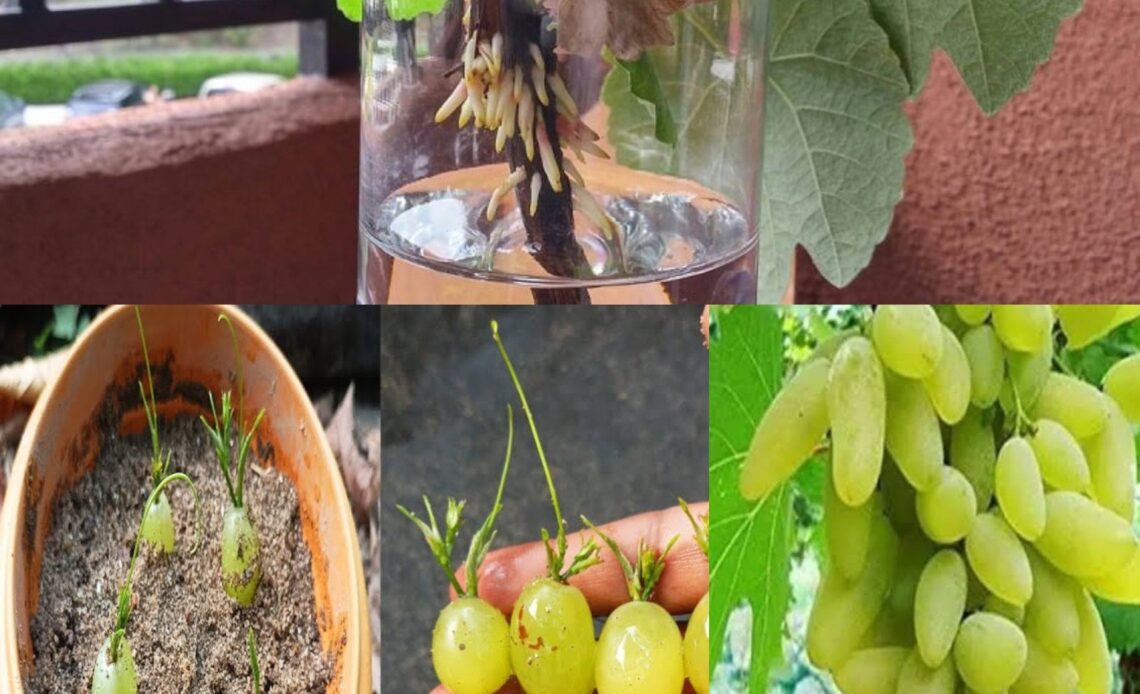Grapes are one of the most rewarding fruits to grow at home, offering fresh, juicy harvests and a touch of elegance to any garden. Many people believe grapevines require extensive care or large spaces, but the truth is, with the right methods, you can grow them successfully in your backyard—even in small spaces Whether you want to enjoy fresh grapes, make homemade wine, or create a natural garden canopy, this guide will walk you through every step of growing healthy, thriving grapevines.
## **Why Grow Grapes at Home?**
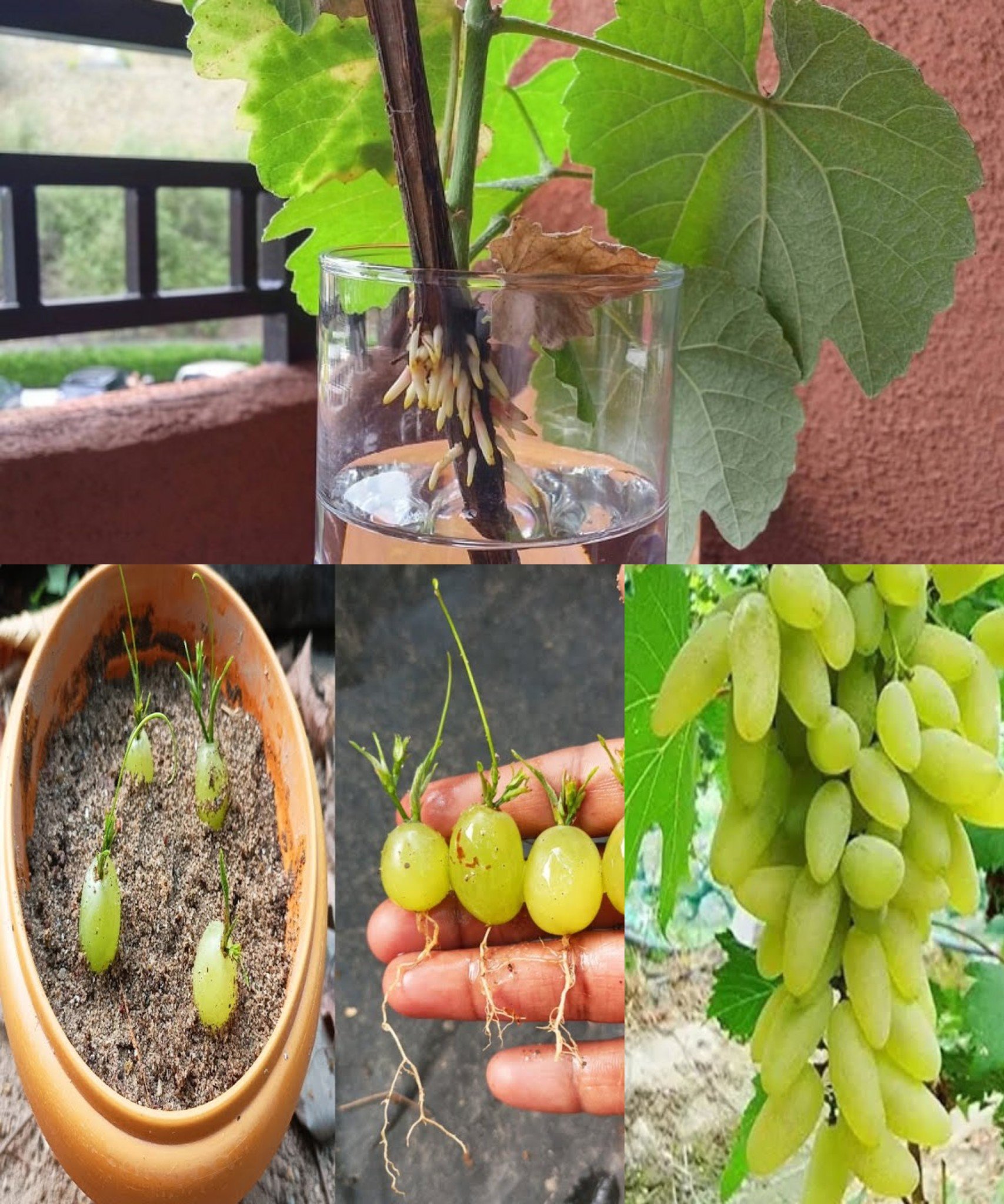
Homegrown grapes offer multiple benefits beyond just their delicious taste:
– **Freshness & Flavor:** Store-bought grapes are often treated with preservatives, while homegrown ones are organic and packed with natural sweetness.
– **Health Benefits:** Grapes are rich in antioxidants, vitamins, and minerals that promote heart health, boost immunity, and support digestion.
– **Sustainability:** Growing your own fruit reduces dependence on commercial agriculture and lowers your carbon footprint.
– **Aesthetic Appeal:** Grape vines can be used as decorative elements, creating beautiful green canopies, natural fences, or shade for patios.
If you’re ready to start your grape-growing journey, let’s dive into the essential steps
## **1. Choosing the Right Grape Variety**
Not all grapes grow well in every region, so selecting the right variety for your climate is crucial. Grapes are generally divided into three main types:
– **Table Grapes:** Ideal for fresh eating (e.g., Concord, Red Flame, Thompson Seedless).
– **Wine Grapes:** Perfect for making wine (e.g., Cabernet Sauvignon, Chardonnay, Pinot Noir).
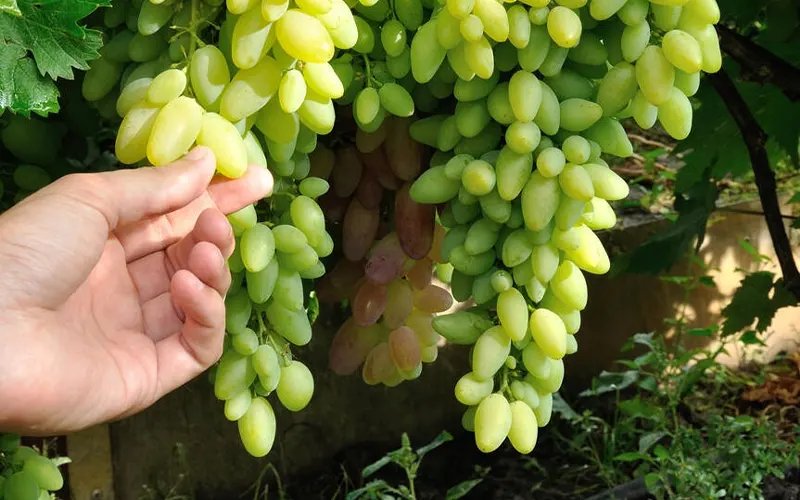
– **Seedless Grapes:** Convenient for snacking and juicing (e.g., Himrod, Jupiter, Crimson Seedless).
Before planting, research which varieties thrive in your local climate and soil conditions.
## **2. Finding the Perfect Location**
Grapevines thrive in warm, sunny locations with good air circulation. Here’s what to consider when selecting a planting site:
– **Sunlight:** Grapes require at least **6–8 hours of direct sunlight daily** to produce high-quality fruit.
– **Soil Drainage:** Well-draining, loamy soil is ideal. Avoid planting in areas prone to waterlogging.
– **Spacing:** Grapevines need space to spread. Plant them **6–8 feet apart** along a trellis, fence, or arbor for support.
If you have limited space, grapes can also be grown in large containers, provided they have sturdy support structures.
## **3. Preparing the Soil for Planting**
Grapes prefer slightly acidic to neutral soil with a **pH between 5.5 and 7.0**. Here’s how to prepare the perfect soil bed:
– **Loosen the soil** to about 12 inches deep to encourage root growth.
– **Add organic compost** to improve fertility and structure.
– **Mix in sand or perlite** if your soil retains too much moisture.
Well-prepared soil ensures strong root development, leading to healthier vines and higher fruit yields.
## **4. Planting Your Grapevines**
The best time to plant grapevines is **early spring or late fall**, depending on your climate. Follow these steps for successful planting:
1. **Dig a hole** about **12 inches wide and deep**, ensuring enough space for roots.
2. **Position the plant** so that the roots spread naturally without bending.
3. **Backfill the hole** with soil, pressing it firmly to eliminate air pockets.
4. **Water thoroughly** after planting to help roots establish.
If planting multiple vines, space them appropriately to avoid overcrowding.
## **5. Supporting and Training the Vines**
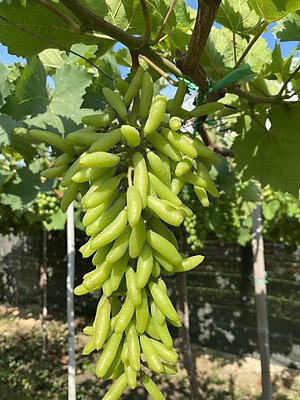
Grapevines need proper support to grow upward and prevent sprawling. Common support structures include:
– **Trellises** – Ideal for small gardens, allowing vines to climb vertically.
– **Arbors or Pergolas** – Great for decorative purposes and shade.
– **Fences or Wire Supports** – Effective for keeping vines upright and maximizing sunlight exposure.
Once your grapevines start growing, train the shoots along the support structure to ensure even growth and fruit production.
## **6. Watering and Fertilizing**
### **Watering Tips:**
– Keep the soil **consistently moist** during the first year to help vines establish.
– Once mature, grapevines become drought-tolerant but still need **deep watering once a week** during dry periods.
– Avoid overwatering, as excessive moisture can lead to root rot and fungal diseases.
### **Fertilization:**
– Apply a **balanced fertilizer (10-10-10 NPK)** once in early spring and again in mid-summer.
– Too much nitrogen promotes excessive leaf growth at the expense of fruit production, so use fertilizer sparingly.
– Organic alternatives like **compost tea, aged manure, or bone meal** work well for long-term soil health.
## **7. Pruning for Maximum Yield**
Regular pruning is essential for maintaining vine health and encouraging fruit production. Here’s how to do it effectively:
– **First Year:** Focus on establishing a strong main stem and removing weak shoots.
– **Second Year:** Prune back excess growth, keeping **3–5 healthy canes** to develop fruit-bearing wood.
– **Annual Pruning:** In late winter or early spring, cut back old wood to **encourage new growth and improve airflow**.
Neglecting pruning can result in tangled vines and reduced fruit production, so don’t skip this step
## **8. Protecting Your Grapes from Pests and Diseases**
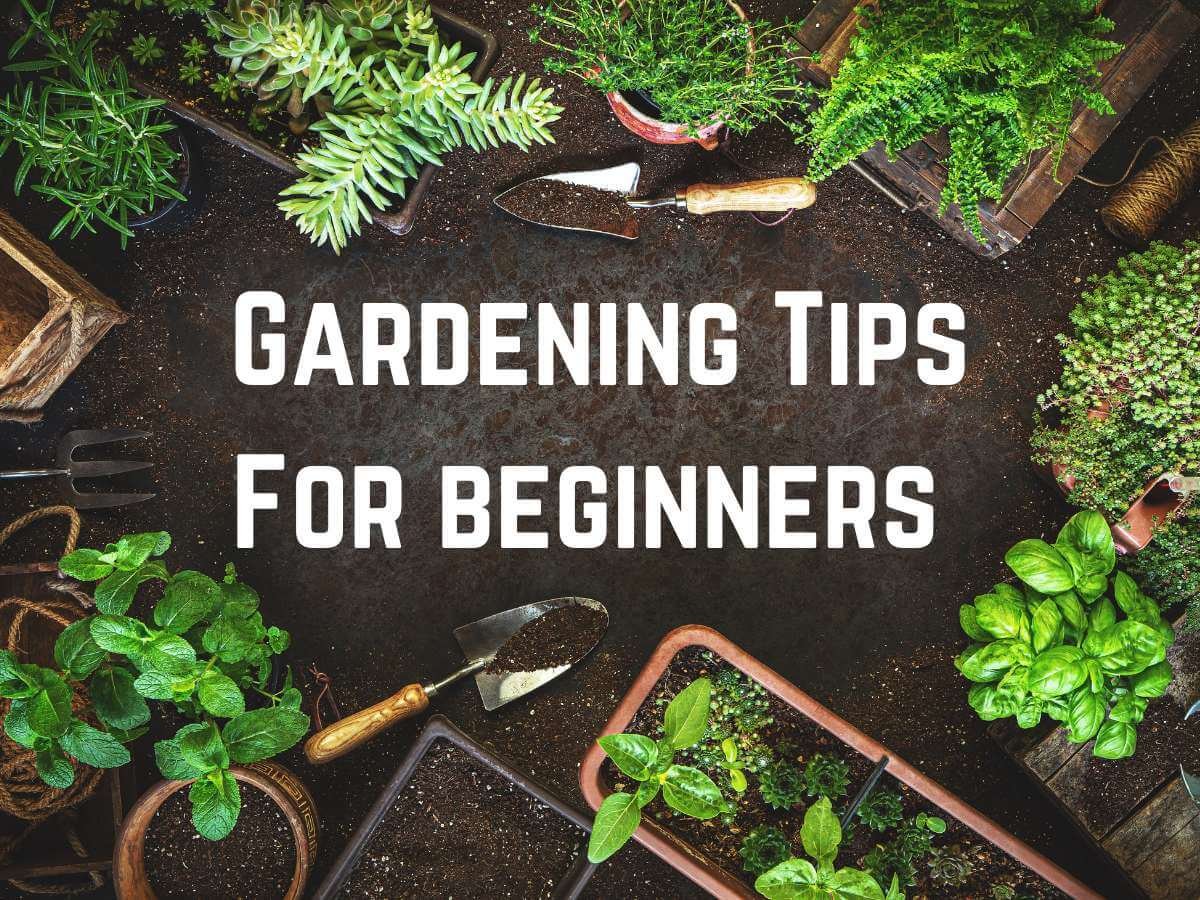
Common pests and diseases that affect grapevines include:
– **Aphids & Spider Mites:** Wash them off with water or use neem oil.
– **Powdery Mildew:** Prevent by ensuring proper air circulation and using sulfur-based fungicides.
– **Birds & Squirrels:** Protect ripening grapes with **netting or reflective tape**.
Regularly inspect your vines for any signs of pests or disease and take action immediately to prevent spread.
## **9. Harvesting Your Homegrown Grapes**
Grapes are usually ready for harvest **in late summer or early fall**, depending on the variety. Signs that grapes are ripe include:
– **Color Change:** Fully developed grapes take on their final hue (red, green, or purple).
– **Taste Test:** Grapes should be sweet and juicy. Once picked, they won’t continue to ripen.
– **Softness:** Gently squeeze a grape; it should feel firm but not hard.
To harvest, use sharp **garden scissors or pruning shears** to cut grape clusters from the vine. Handle them gently to avoid bruising.
## **Final Thoughts**
Growing grapes at home is easier than most people think, and the results are incredibly rewarding. With proper care, sunlight, and pruning, you can enjoy a bountiful harvest year after year. Whether you’re looking to snack on fresh grapes, make homemade wine, or create a stunning garden display, following these simple steps will ensure your grapevines thrive.
So, why not give it a try? You might be surprised at just how easy it is to grow delicious, homegrown grapes
